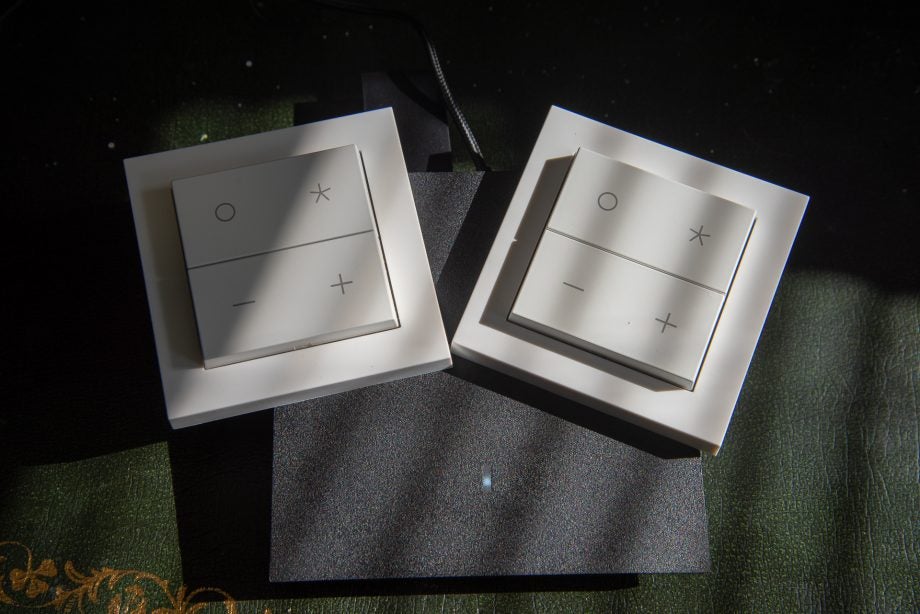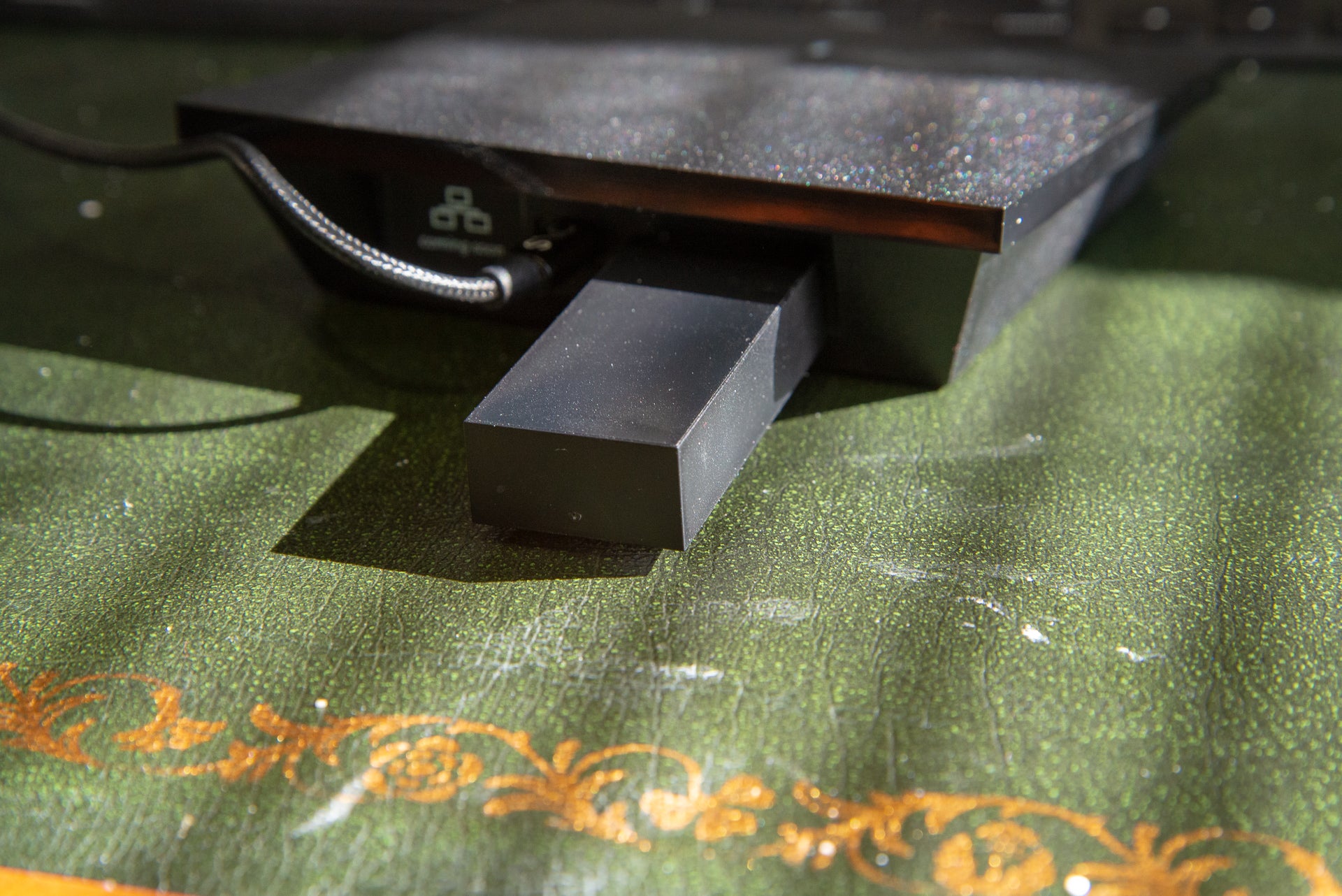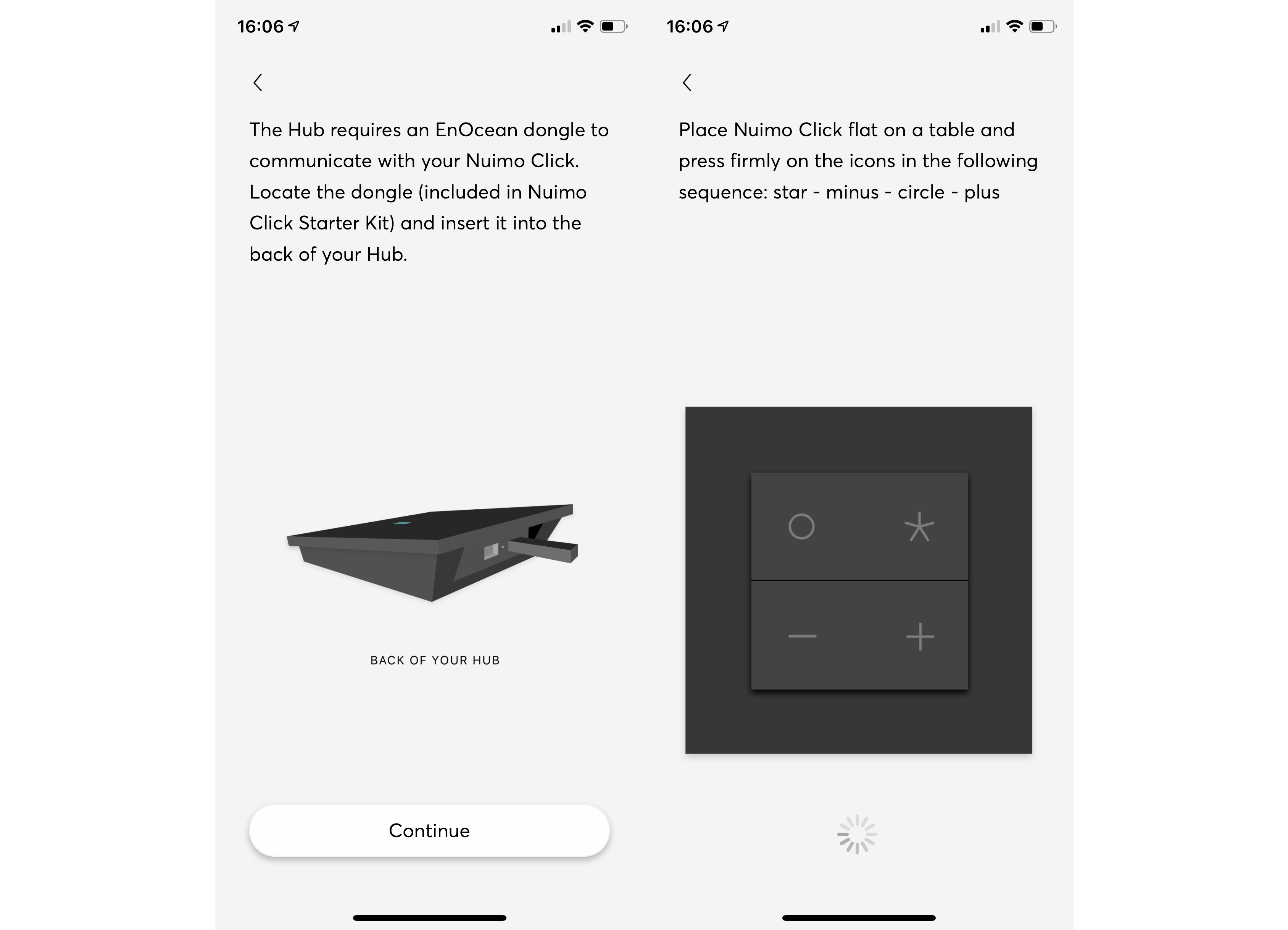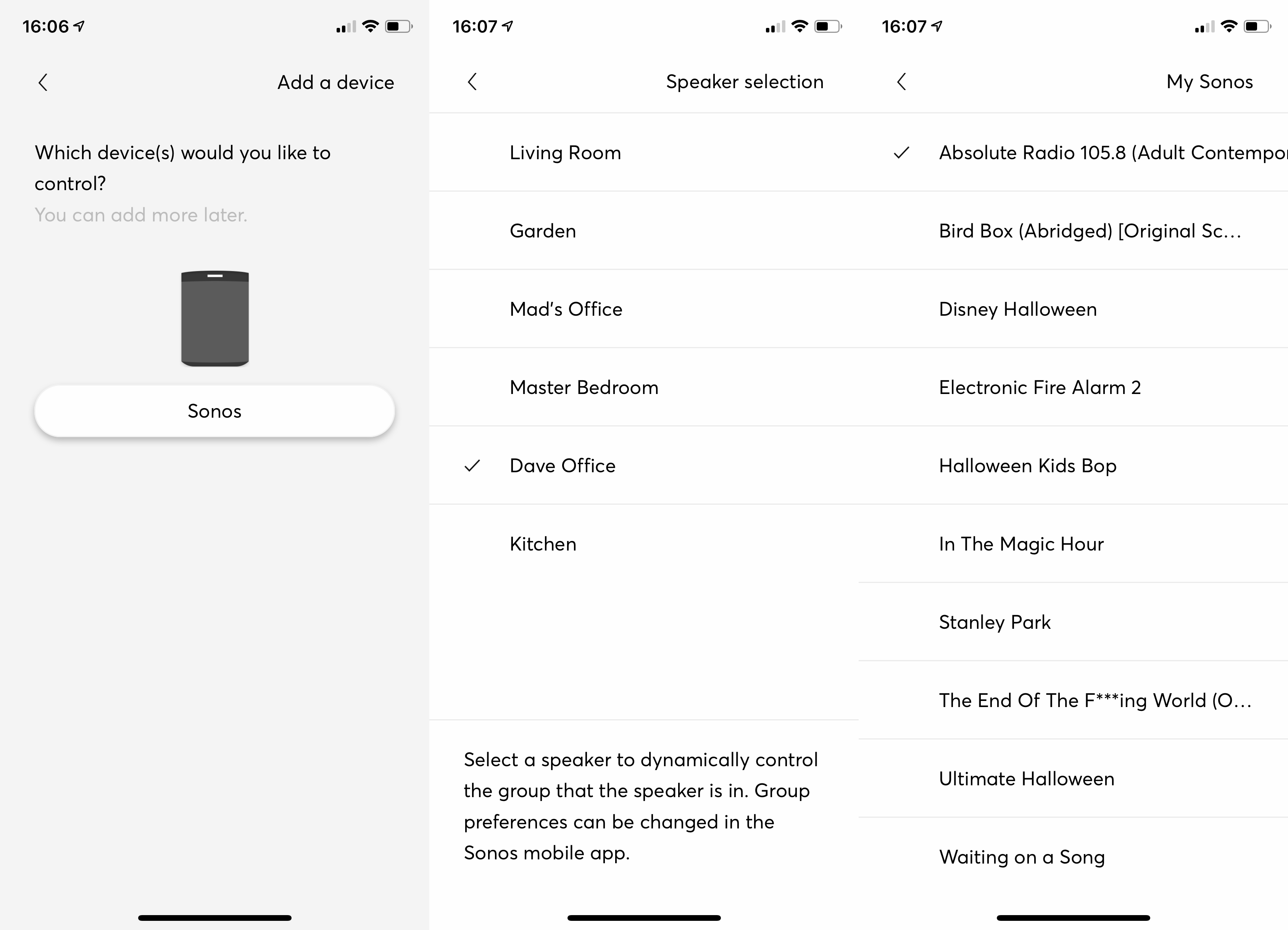Senic Nuimo Click Review
Senic Nuimo Click Review
Best smart home devices

Verdict
Nicely built and very reactive, the Senic Nuimo Click is a neat control method but it's expensive and limited.
Pros
- Nicely designed
- No batteries
- Responsive
Cons
- Limited smart device support
- Fiddly plug-in USB adapter
Key Specifications
- Review Price: £159
- Supports Philips Hue and Sonos
- Battery-free wireless switches
- Hub (requires Wi-Fi)
What is the Senic Nuimo Click?
Controlling a smart home is all about having options: I want the ability to use apps; my voice; and physical controls. With the Senic Nuimo Click you get the third party, with dedicated wireless controls that run without batteries and can take charge of your Philips Hue lights or Sonos players.
A neat design and battery-free operation are great – but the clunky hub, limited configuration options and high price detract.
Related: Best smart home devices
Senic Nuimo Click – Design and build quality
The Senic Nuimo Click comes as two components: the switch and the bridge. You can buy it as starter kit with the bridge and one or two switches (white or black), with additional switches costing a hefty £69 each.
The hub is standard smart home fare: a square box that you’ll want to hide out of the way. It has an Ethernet port on the rear, although this currently isn’t supported and you have to connect the bridge via Wi-Fi.
More annoying is the fact that you have to plug a USB adapter into the rear of bridge to pick up the wireless signal from the switches. It would have been better to include the receiver inside the hub.

The switches are about the size of regular light switches, with chunky plastic buttons. They look great and can be attached anywhere via the double-sided sticky fastenings provided in the box. Each switch has two rockers inside it: +/- and 0/*.
Senic Nuimo Click – Features
The Nuimo Click switches harvest energy from the click, and therefore don’t require any batteries to run. This is similar to the way that the Philips Hue Tap switch works. To get them running, fire up the app on your phone, connect to the hub, then follow the simple process to pair a Nuimo Click to the hub.

Each Click switch can be used to control either a Sonos player or Hue lights; there are no expansion options to control other devices either directly or via another service, such as IFTTT.
With Sonos, you can choose which player to control. What the physical buttons do are fixed – bar the “*” control, which can be programmed to cycle through up to three of your Sonos favourites. For example, you could have it set to play a favourite radio station, a track and top playlist from Sonos.

Otherwise, the system is quite rigid in operation, although the controls do largely make sense: “+” and “-” control volume; “0” is for play/pause; and you can press both right buttons to skip track and both left buttons to go to the previous track.
Hue control is similarly limited. Once connected to your Hue system, you can control which lights you want the system to control. The “*” button can be used to cycle through three scenes of your choice, but the other controls are fixed. Again, these fixed controls are intuitive: “+” and “-” adjust brightness; “0” turns the lights on or off; and you can press both left buttons to set the lights to white, and both right buttons to select a random colour.
It’s the lack of customisation and limited array of devices that you can control that’s the bigger disappointment, particularly in a product that costs so much.
Senic Nuimo Click – Performance
If the Senic Nuimo Click hasn’t been used for a while – say, overnight – then the hub would occasionally not respond to the first click; it took two clicks on a switch to wake up the system. After that, the performance was far better.
Using Sonos, I found that the Nuimo Click was at least as responsive as using the app. Tapping the “0” button, I could pause and play music quickly. The volume controls work well, too, although there was a bit more of a delay in the action. I found that it was best to tap the volume up or down button, wait for a second, then tap the control again until I was happy. If you tap the controls too fast, it’s easy to get your speakers too high or low.

It’s a similar story with Hue lights. They respond quickly to presses, although adjusting brightness requires some care so as not to overshoot the level you want.
Why buy the Senic Nuimo Click?
There are two main issues for the Senic Nuimo Click: the high price and relative lack of control options. For Hue, this is particularly obvious, with the official battery-powered Philips Hue Wireless Dimmer Switch doing more and costing around a third of the price of a Nuimo Click switch. If you don’t want batteries, the Philips Hue Tap is cheaper, too,
Sonos control is more accomplished and the controls intuitive. Yet the price is so high, the Nuimo Click is extremely hard to recommend. For smart buttons, both the Logitech Pop and Flic Hub work out cheaper and can control a greater number of devices. This is a shame, since the Nuimo Click is neat and well designed. It needs a bit more for me to recommend it.


